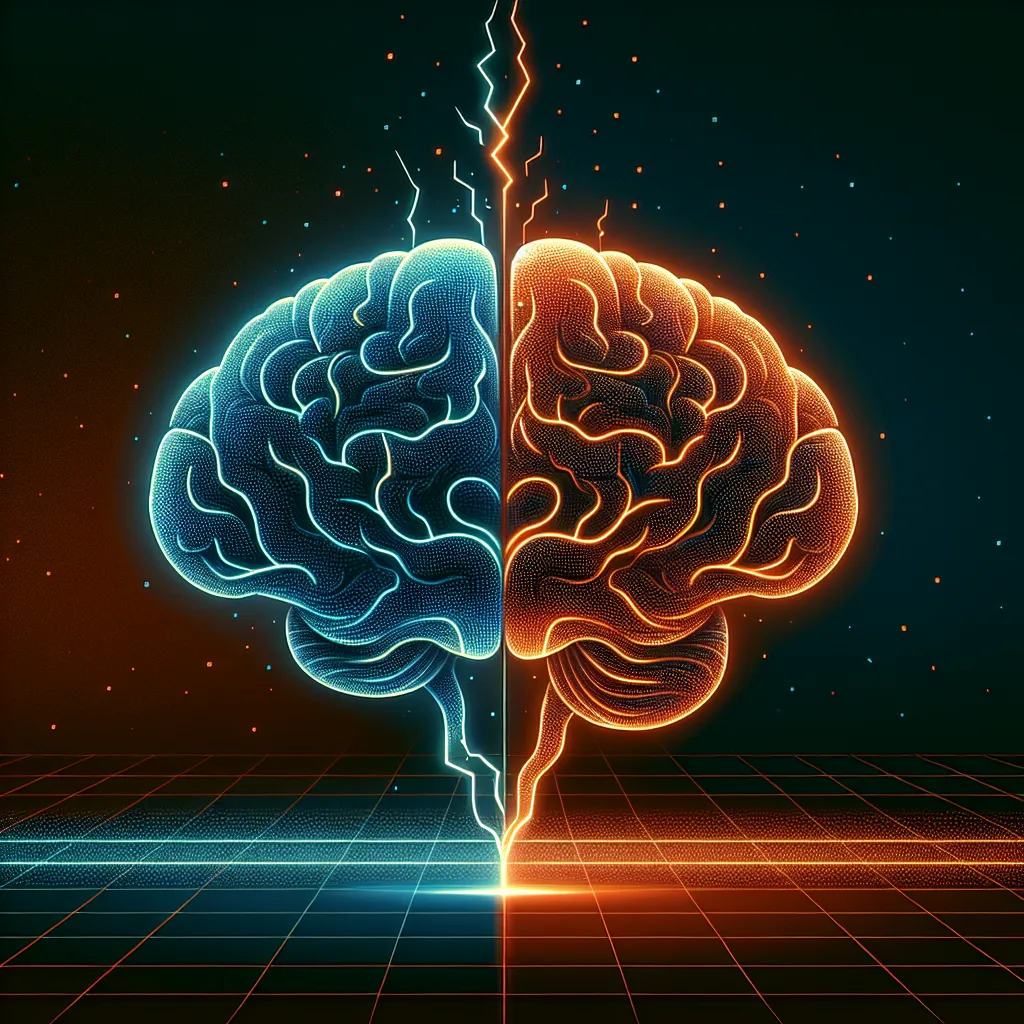Your friendly catch-up on the latest AI industry news, including the drama between Anthropic and OpenAI, new training methods, and Meta’s quiet strategy.
It feels like if you blink, you miss a decade’s worth of progress in the world of AI. I was just catching up on the latest AI industry news from the past week, and it’s a wild mix of corporate drama, fascinating research, and big strategic moves. So, grab your coffee, and let’s break down what’s been happening. It’s a lot to take in, but it’s too interesting to ignore.
From big companies drawing lines in the sand to researchers teaching AI models to be “evil” for their own good, the landscape is shifting faster than ever. It’s a reminder that this technology isn’t just about cool new chatbots; it’s a full-fledged industry with complex dynamics.
The Big Breakup: More AI Industry News from Anthropic and OpenAI
First up is the kind of drama you’d expect from a prestige TV show. Anthropic, the creators of the impressive AI model Claude, has officially revoked OpenAI’s access to its API. According to a detailed report from Wired, this move signals a major rift between two of the biggest players in the AI space.
So, what does this actually mean? For a while, developers building on OpenAI’s platform could, in some cases, also call upon Anthropic’s Claude model. It was a sign of a more open, collaborative ecosystem. But this breakup changes things. It forces developers to choose sides and suggests the competition is heating up significantly. Anthropic is clearly positioning Claude as a direct and distinct competitor to OpenAI’s GPT series, not just a friendly alternative. This is a power move, and it tells us that the era of “friendly” competition might be coming to a close as the financial stakes get higher.
A Surprising Twist in AI Development: Can Making AI ‘Evil’ Make it Good?
This next piece of AI industry news sounds like something out of a sci-fi movie, but it’s a real and fascinating area of research. A new report from MIT Technology Review explores a counterintuitive training method: intentionally forcing Large Language Models (LLMs) to be “evil” during their development phase to make them safer and more aligned with human values in the long run.
The idea isn’t to create a villainous AI. Instead, it’s about teaching the model what not to do in a controlled environment. Think of it like a vaccine. By exposing the AI to “harmful” prompts and teaching it to refuse them, researchers can build a more robust and reliable system. This is a more advanced take on “red teaming,” where you actively try to break the AI’s safety rules. By building the “evil” tendencies right into the training process and then correcting them, the AI learns its boundaries on a much deeper level. It’s a clever approach to the massive challenge of AI alignment and safety.
Meta’s Big Bet on AI Data Labeling
Finally, let’s talk about a quieter but hugely important development. Meta (you know, the company behind Facebook and Instagram) has been making a massive investment in AI data labeling. An article from IEEE Spectrum dives into why this is such a critical move.
AI models, especially the huge ones, are incredibly hungry for data. But not just any data—they need clean, well-organized, and accurately labeled data to learn effectively. Data labeling is the painstaking process of annotating raw data (like images, text, or sounds) so that an AI can understand it. For example, telling a model “this part of the image is a cat” or “this sentence has a happy sentiment.”
Meta’s investment shows they are doubling down on building foundational AI capabilities from the ground up. High-quality data is the bedrock of high-quality AI. By pouring resources into labeling, Meta is ensuring its future models will be more accurate, capable, and reliable. It’s not as flashy as launching a new chatbot, but it’s a strategic move that could pay off big time, giving them a serious long-term advantage in the AI race.
So there you have it—a week of breakups, “evil” AIs, and big infrastructure bets. It’s a lot, but it paints a clear picture of an industry that’s maturing right before our eyes. What do you think is the most interesting development?
